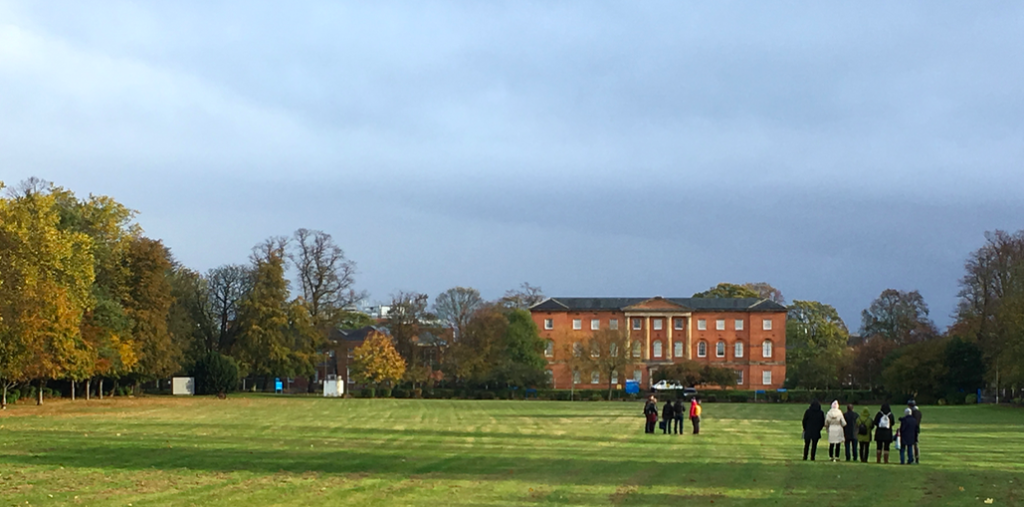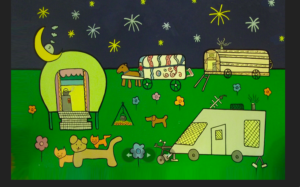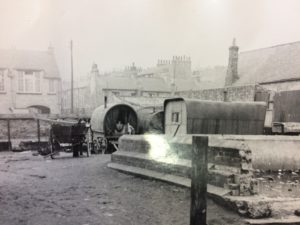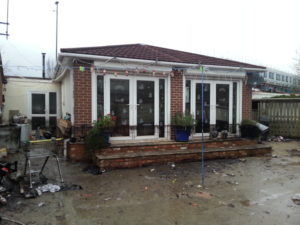
Read the Bootham Park Open Briefing Notes
My Future York have been involved with Bootham Park Hospital site by working with City of York Council and One Public Estate to develop a relatively brief public engagement programme. Our work is generally longer-term and embraces the establishment of an open conversation by building a brief, exploring the challenges which it throws up, and then making change together to ensure public/private investment is matched by community-led change and animation.
With Bootham Park Hospital, given the time constraints imposed by the pause in the disposal process, we have focussed upon building a community vision for the possibilities of the site – incomplete and in some areas conflicting – but bringing a context which reflects both lingering anger over the loss of Bootham Park as a hospital and the plans to sell the site as well as the many positive ideas that have been shared as part of the process.
We ran a one-day event on site on 27th October in partnership with Coaching York, and preceded this with networking and site visits with a number of groups and individuals who brought specific skills, understanding or agendas for change. We have also incorporated into our briefing notes below all input via post-its on the consultation exhibitions at York District Hospital, West Offices and the Citadel, plus those from other events such as the Save Bootham Park Hospital evening event and the Guildhall ward meeting. Furthermore, we have incorporated input given via the online questionnaire and social media.
We have used this information to identify the issues which were seen as important and to build links between them where this is helpful. This is not a vote – there is no attempt to count “for” and “against” comments in relation to any issues, but where there is strong feeling this is noted.
We published them here as a draft – reflections and further comments welcome. We’ll incoperate all comments we recieve before 6th December.







